
BIRDING IN
Queen Elizabeth National Park

BIRDING IN
Queen Elizabeth National Park

BIRDING IN
Queen Elizabeth National Park

BIRDING IN
Queen Elizabeth National Park
Queen Elizabeth National Park is Uganda's most popular game reserve for safaris and definitely one most attractive. The park was established in 1952. It is located in the Western part of Uganda. It stretches from the crater-dotted foothills of the Rwenzori ranges in the north, along the shores of Lake Edward to the remote Ishasha River in the south including a wide diversity of habitats that range from savanna and wetlands to gallery and lowland forest. It has 611 recorded bird species in the Kazinga channel sanctuary which covers an area approximately 207km.
Kazinga Channel is believed to contain the world's largest concentration of hippos. Its vegetation consists mostly of thickets of various types of small trees, including evergreens and acacias. The area has savannah grasslands and rain forests. The park's wildlife includes lions, elephants, leopards, hippopotamuses, chimpanzees and antelopes such as duiker, reedbuck and topi.
This park is also referred to as the “a medley of wonders” simply because of its fertile equatorial area which is scenic with two lakes connected by a channel overlooked by a high peninsula. Area has volcanic craters, tropical forest and grasslands. The Maramagambo Forest, south of the Kazinga Channel is a home to big numbers of chimps, a number of monkey species and birds.
It has 611 recorded bird species in the Kazinga channel sanctuary which covers an area approximately 207kilometers. The main camp at Mweya is appealingly located with fine views of the Rwenzori Mountains a number of widespread bush species may be seen in the vicinity of the airstrip watch for African Mourning Dove, Grey-headed Kingfisher, Swamp Fly-catcher, Grey-capped Warbler, The Beautiful Black-headed Gonolek, Red-chested sunbird, Slender-billed, Yellow-backed and Lesser Masked Weavers, Pin-tailed Whydah,and brimstone Canary, Gabon and Slender-tailed Nightjars, are fairly common along the airstrip.
Kazinga channel is a magnet for water birds like the African Fish Eagle, the African skimmer, and the yellow-billed stork.A cruise on the channel will reveal species like Great and Long-tailed Cormorants, Common Squaco Heron, White-faced Whistling and Knob-billed Ducks, African Fish Eagle, Great-white and Pink-backed Pelicans, African open-billed Strok, Water Thick-knee, Malachite and Pied kingfishers, Swamp flycatchers and Yellow backed Weavers, Black Crake, African Jacana, Spur-winged and African Wattled Plovers, are all common and conspicious.
Hundreds of African Skimmers may be seen roosting on sandbars near the entry to Lake Edward but are migrants from southern tropics and typically present only from December to May. The Kazinga channel can also be viewed from the Katunguru Bridge on the main Mbarara- Kaseseroad where Pelicans, Terns, Greater Swamp and winged Warblers, Winding and Carruther's Cisticolas and Papyrus Gonolek may be seen. Some rare and odd birds inhabit this park and keen birders come from all over the world to clock up a sighting of the peculiar, pouting shoebill (or whale-headed) stork. This giant bird stands 4-foot high and wears a rather timid expression.
Lake George is a birder's dreamland, and its wetlands are home to over 150 bird species, including the African jacana and the rare saddle-billed stork. The lesser flamingo has been spotted several times at Lake Edward. Kyambura Gorge is home to the African finfoot, the blue-headed bee-eater, the martial eagle, and the white-tailed lark.
Bird watching is possible all year round for travellers who want to maximize their chances of getting good weather conditions, though the best months are June to September. These months have low rainfall, and there are plenty of food sources for the birds. Migratory birds visit Queen Elizabeth National Park from November to April, and the drier months of January to February are a good time to see them.
Our Experts are ready to provide answers
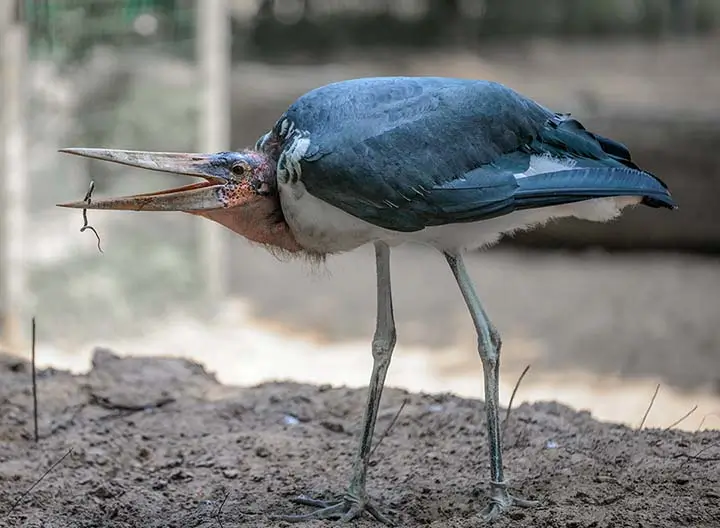
Ajai Wildlife reserve has several bird species and they include Shoebill, the Black-rumped Waxbill, Grey Crowned cranes, Marabou stocks, African fish eagles, Heuglin's Masked Weaver, Chestnut-crowned Sparrow-weaver.
Read More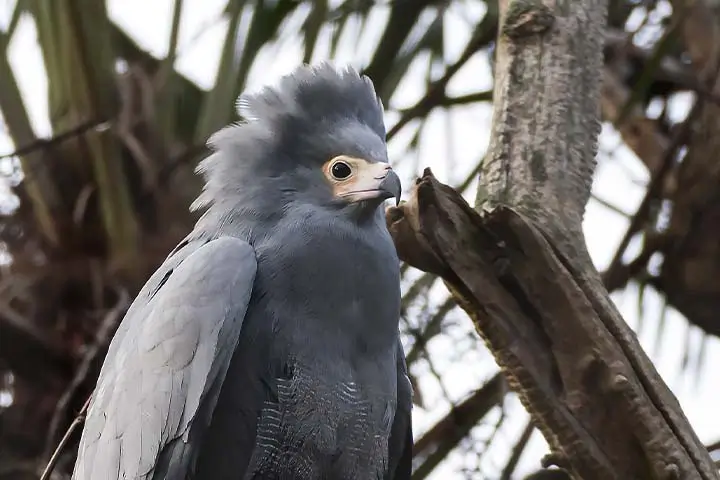
Bwindi is the Bird watchers haven as experienced bird watchers can identify up to 100 species in a day in Ruhija and Buhoma.
Read More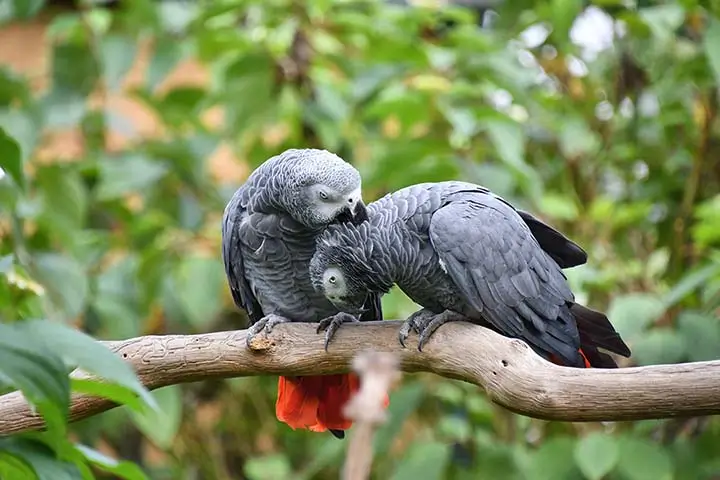
Kibale National Park has so many developed hiking/walking trails with the best birding spot being Bigodi wetland sanctuary where birders take visitors for a 4-hour walking trail.
Read More
The Apoka Rest Camp and Park Headquarters overlooking the swallow, southern Narus Valley is a grand spot to start your Kidepo birding.
Read More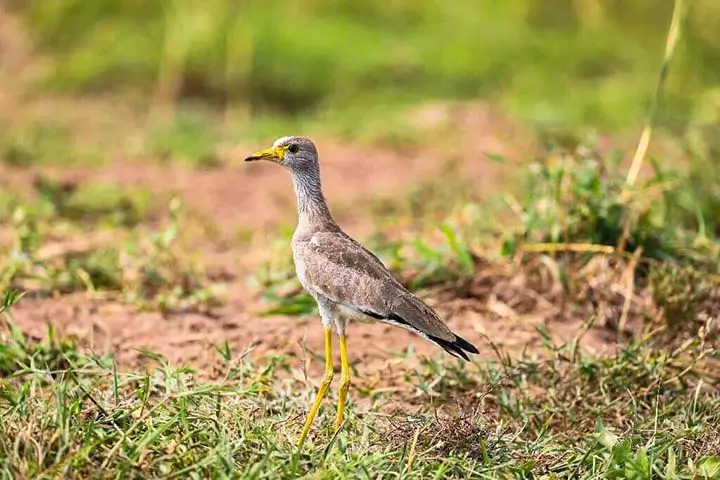
The best birding spots in the park include the swampy valleys of Warukiri and Miriti, and the roadsides between Rwonyo camp and the jetty. There are viewing platforms at the salt lick, in Miriti Valley, and in Rubanga Forest.
Read More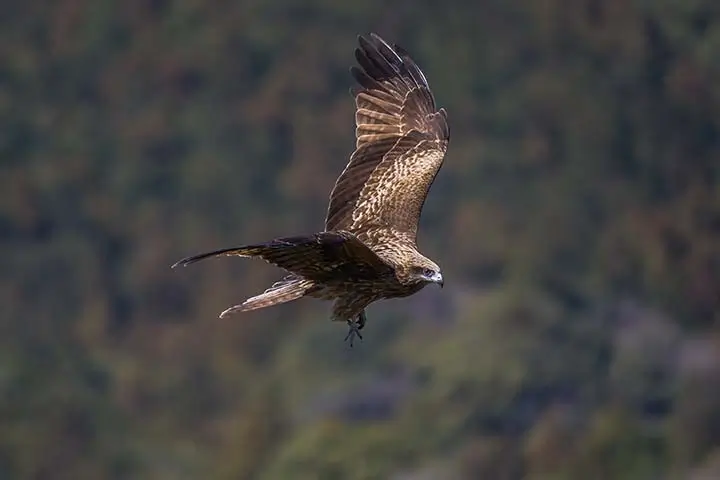
The Park is set apart with a unique bird fauna 79 bird species have been recorded within the park, including several species prevalent to the East Congo Montane region.
Read More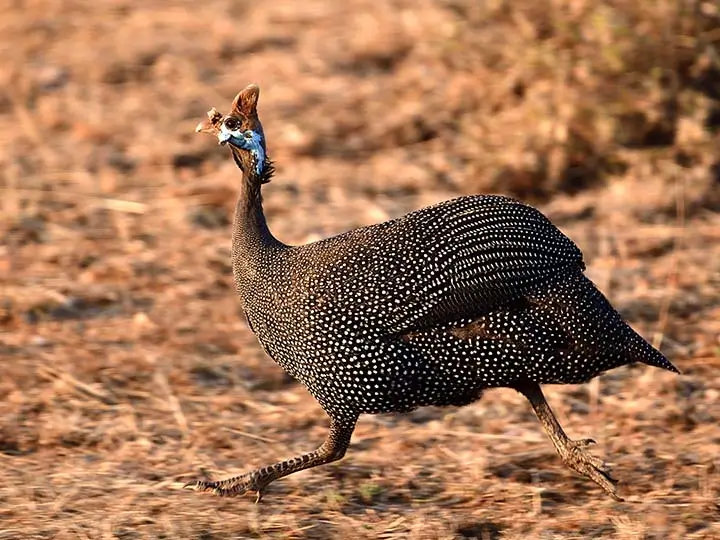
Excellent birding opportunities exist around Kapkwai Forest Exploration Centre, in particular in the secondary forest and thick shrub along the loop trails extended to cover Cheptui Falls.
Read More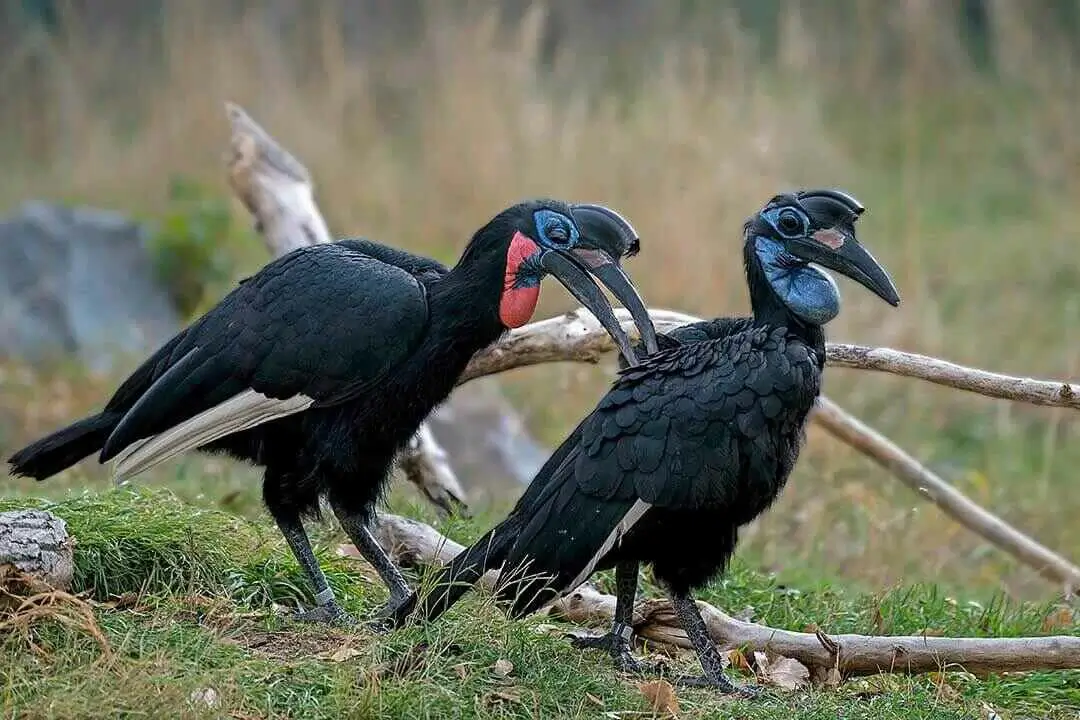
Over 500 bird species are known from the site. Falco naumanni is a passage migrant and Circus macrourus occurs on passage and in winter. Acacia woodland holds the largest known population of Agapornisfischeri, Parusfringillinus is resident and there have been recent records of Apaliskaramojae from Acacia drepanolobium woodland in the south-west of the site.
Read More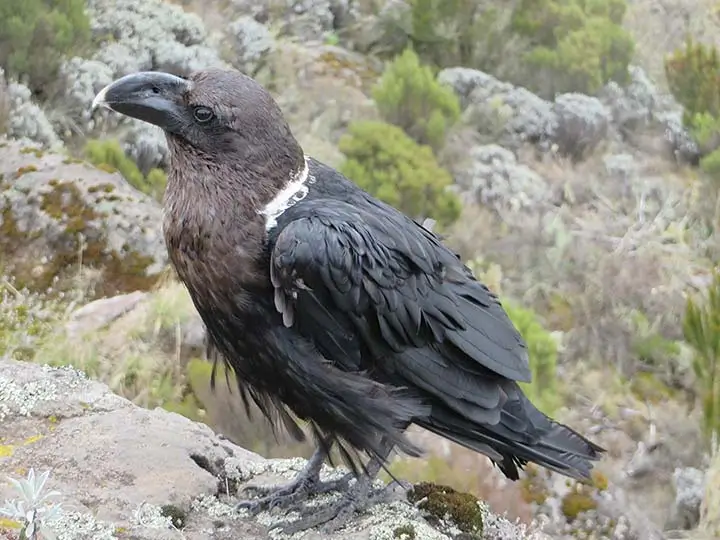
The park is one of the world's Endemic Bird Areas (EBA). There are up to 241 species of birds which is about 27% of Uganda's total. Close to 177 bird species live in the Afromontane forest and 19 species are endemic to the Albertine rift.
Read More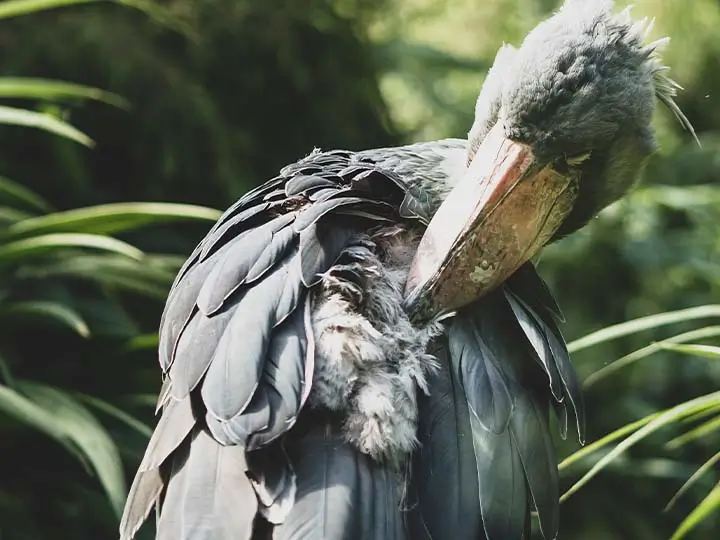
Birders who make it to Semuliki are always rewarded with some of Africa's best forest birding. Sempaya and Ntandi provide excellent viewing of the birds.
Read More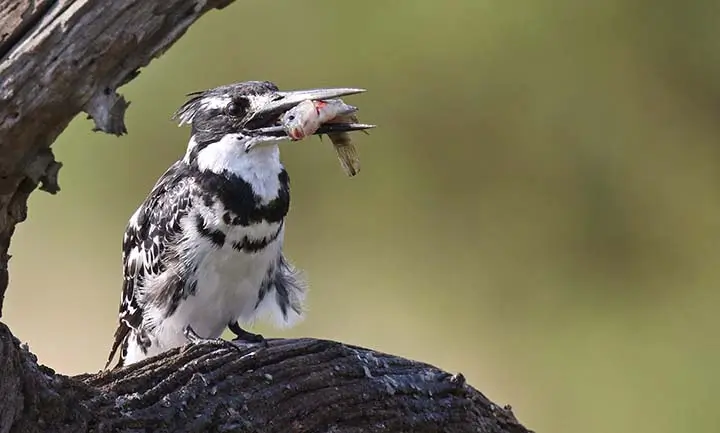
As compared to many other birding destinations within the country, This area of the lake has got over 200 bird species and some of these include;
Read More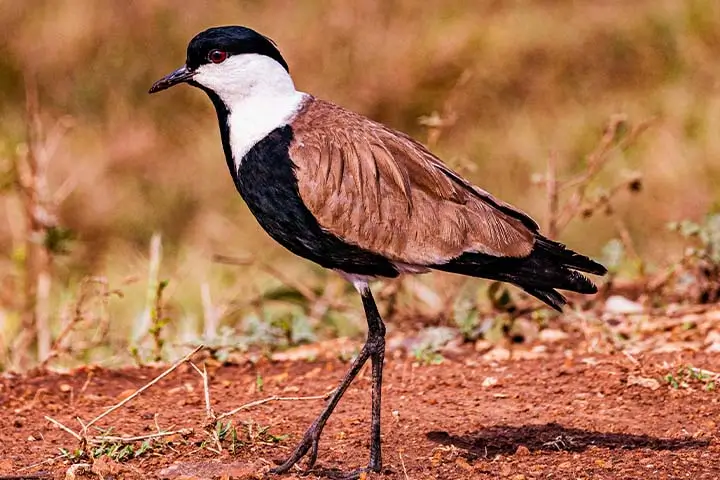
As compared to many other birding destinations within the Birding here is done near new Lutembe beach located on Entebbe road at Namulanda. The bay area has trees, marshlands, and shrubs. Early in the morning is the best time to get to Lutembe as there is a lot of bird activity.
Read More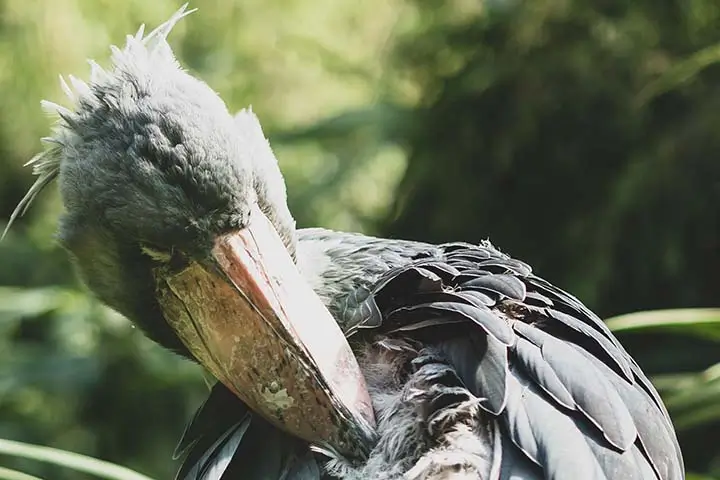
Located on the edge of Lake Victoria, Mabamba Bay Wetland is one of few places where the rare Shoebill Stork can be found. Mabamba Swamp is the most accessible and reliable with the best chances of seeing the Shoebill in Uganda.
Read More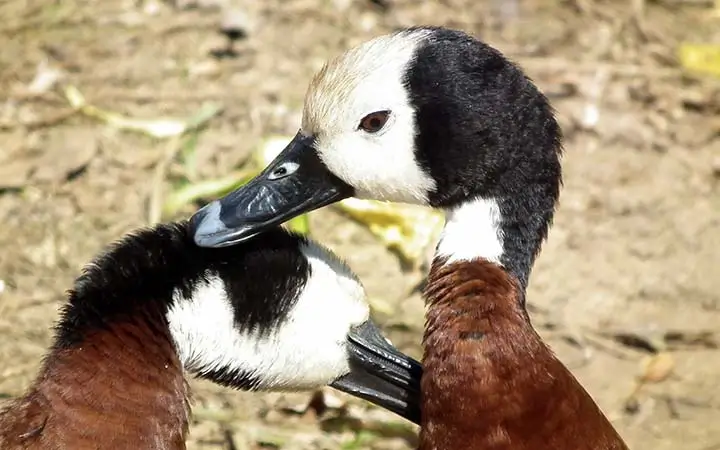
The Uganda Wild Life Authority has registered a reduction in bird species in Pian Upe, and Matheniko, Bokora game reserves due to the persistent drought that has dried up all water sources in the reserve.
Read More